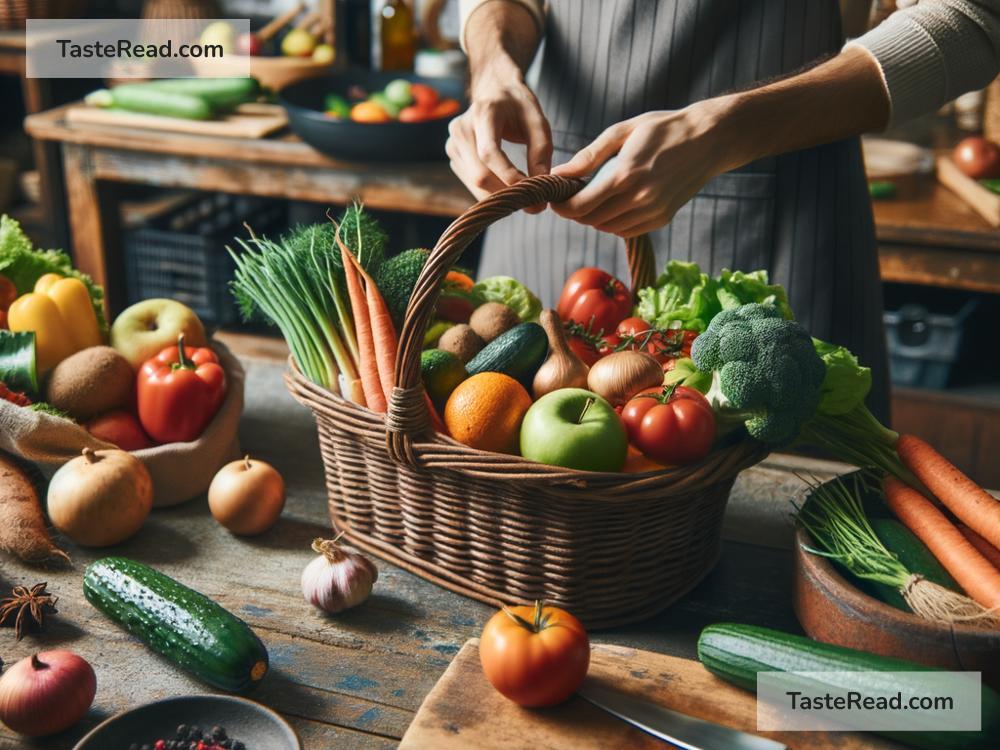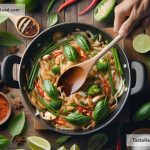How Learning to Cook Changed My View of Local Ingredients
Cooking wasn’t always something I was keen on. Like many, my food ventures were limited to either eating out, ordering in, or sticking to the very basic when it came to homemade meals. However, during one summer, I found myself dabbling more and more in the art of cooking. Little did I know, this new hobby wouldn’t just teach me how to whip up delicious dishes, but it would profoundly change the way I viewed and appreciated local ingredients. This is a glimpse into that journey.
The Beginning: Avoiding the Kitchen
My kitchen used to be a place where I spent the least amount of time. Cooking felt like a chore, and the idea of experimenting with food was daunting. I had neither the skills nor the patience, relying heavily on pre-packaged foods and the vast options of takeout food available at my doorstep. The concept of sourcing ingredients myself, let alone focusing on their origin, was foreign to me.
The Spark
The change began almost by chance. One day, a friend gifted me a cookbook focused on seasonal and local ingredients. Flipping through the pages, I was struck not only by the stunning images but by the heartwarming stories behind local farms and produce. It was an eye-opener – I realized I had been completely disconnected from where my food came from. This cookbook wasn’t just a collection of recipes; it was an invitation to explore and connect with my local food ecosystem.
Stepping into the Kitchen
Motivated by this new perspective, I started small. My first project? A simple salad. This might not sound groundbreaking, but the twist was in the sourcing of ingredients. I visited a nearby farmer’s market, something I had never done before, despite its proximity. Talking to the farmers, learning about their practices, and understanding the seasonality of different foods was fascinating. That salad, made with the freshest of greens and the juiciest of tomatoes, was a revelation. It tasted different, it felt different. It was a dish that truly had a story to tell.
The Ripple Effect
This first attempt ignited a passion in me. Each week, I would pick a new recipe from the cookbook, making sure it included at least one ingredient I had never used before. Returning to the farmers’ market became a ritual. I started recognizing the faces of the vendors, and they began sharing tips on how to pick the best produce or revealing which crops were going to be in season next.
I learned to appreciate the hard work behind each vegetable, fruit, and herb. I understood that by choosing local, not only was I getting fresher, tastier ingredients, but I was also supporting the local economy and contributing to a more sustainable food system.
Embracing Local Ingredients
My cooking skills improved, and so did my understanding and appreciation of local ingredients. I began to explore beyond the farmers’ market, discovering local cheesemakers, butchers, and fishmongers. My meals became more about celebrating the rich bounty my region had to offer. I learned to plan my meals around what was available locally and seasonally, rather than sticking to a predetermined shopping list.
This approach to cooking and sourcing ingredients transformed how I tasted and experienced food. A tomato was no longer just a tomato; it was an heirloom variety with its unique flavor profile, grown by someone I possibly had met. A piece of fish was not just an ingredient for my dish but a testament to the sustainable practices of a local fishery.
A Broader Impact
What started as a mere hobby evolved into a lifestyle change that affected not just my cooking habits but also my social conversations, my shopping preferences, and even my travel plans. I became an advocate for local farmers and artisans, encouraging friends and family to explore their local food markets. My social media feeds, once filled with random posts, now consistently featured stories and images championing local produce and the people behind them.
Conclusion
Learning to cook didn’t just teach me how to prepare meals; it opened my eyes to the beauty and richness of local ingredients. It showed me the interconnection between food, culture, and community. This journey has made me a more mindful and appreciative eater, more connected with my surroundings, and, most importantly, it has made meals a lot more meaningful. Cooking with local ingredients isn’t just a culinary preference—it’s a celebration of the place I call home.


